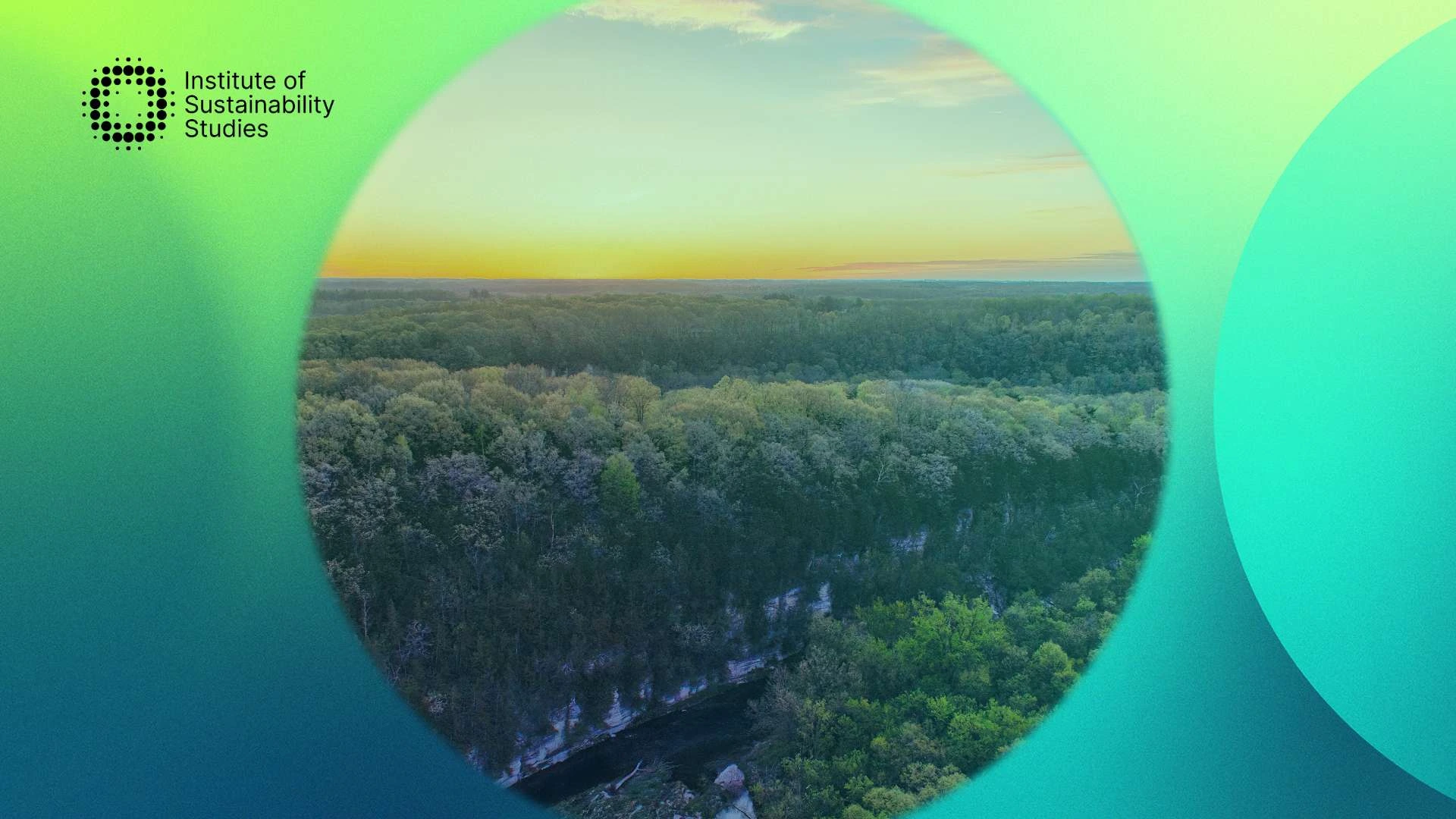Cities continue to expand and face mounting environmental pressures, emphasising the need for innovative solutions. Green roofs could be one of those solutions, transforming ordinary rooftops into vibrant ecosystems that benefit both people and planet.
Beyond their aesthetic appeal, these living roofs bring nature back into cities, providing cooling effects, minimising pollution, and creating habitats for wildlife. Moreover, by integrating green roofs into sustainable urban planning, businesses can align with business sustainability goals. Continue reading as we explore green roof construction and how they offer a glimpse into a future where buildings work with, rather than against, nature.
What are green roofs?
Green roofs, also known as living roofs, are roof surfaces that are partially or completely covered with vegetation and soil or a growing medium, planted over a waterproof membrane. They often include additional layers for drainage and irrigation systems.
Key components of green roofs:
- Vegetation layer: Plants suited to the climate and roof type, typically including grasses, mosses, flowers, or even shrubs.
- Growing medium: A lightweight soil substrate that supports plant growth while minimising structural load.
- Drainage layer: Ensures excess water is removed to prevent waterlogging.
- Root barrier: Protects the building from root penetration.
- Waterproofing membrane: Prevents water from seeping into the building structure.
- Irrigation system (optional): Keeps the plants hydrated, especially in dry climates.
The different types of green roofs
Green roofs are classified into two main types: extensive and intensive, each serving different purposes and requiring varying levels of maintenance and structural support. Extensive green roofs are lightweight systems designed for minimal maintenance and functionality. They typically feature a shallow growing medium, usually 2 to 6 inches deep, which supports drought-tolerant vegetation like mosses, sedums, and grasses.
These roofs are ideal for buildings that cannot bear heavy loads, as they exert less pressure on the structure. Extensive green roof systems are not intended for frequent access or recreational use; their primary role is environmental. They excel at reducing stormwater runoff, improving insulation, and mitigating the urban heat island effect. These roofs are particularly popular in commercial and industrial settings where space and maintenance resources are limited.
By contrast, intensive green roofs are akin to traditional gardens on a rooftop. They have deeper soil layers, often exceeding 12 inches, which can accommodate a wider range of vegetation, including shrubs, small trees, and even vegetable gardens. Intensive roofs require a robust structural foundation to support the added weight of the soil, plants, and water.
They also demand higher levels of maintenance, including irrigation, fertilisation, and pruning. Unlike extensive roofs, intensive green roofs are designed for accessibility, providing recreational spaces and aesthetic appeal. They are commonly found in residential buildings, commercial complexes, and public spaces like parks and community centres. Between these two categories, hybrid systems or semi-intensive green roofs combine features of both.
Benefits of green roofs
Here are some key advantages of green roofs, benefiting both the climate and society.
Environmental benefits
Green roofs help combat urban heat islands, a phenomenon where urban areas experience higher temperatures due to heat-absorbing surfaces like concrete and asphalt. By adding vegetation, they cool the environment through evapotranspiration and shading. Moreover, they improve air quality by filtering pollutants and capturing carbon dioxide, creating healthier urban atmospheres.
Another significant benefit is their ability to manage stormwater runoff. Green roof systems absorb rainwater, reducing the amount of water that flows into urban drainage systems, which helps mitigate flooding. They also filter pollutants from the water, improving its quality before it re-enters the ecosystem. Moreover, green roofs provide critical biodiversity conservation support in urban environments, offering habitats for birds, bees, and other wildlife, thereby enhancing ecological networks in cities.
Economic benefits
Green roofs contribute to energy efficiency, reducing heating and cooling costs for buildings. Their insulating properties minimise heat loss in winter and prevent excessive heat gain in summer. This can lead to substantial savings in energy bills over time. Additionally, green roofs extend the lifespan of roofing materials.
The vegetation layer protects the roof membrane from ultraviolet radiation, temperature fluctuations, and physical damage, reducing the need for frequent replacements. This durability results in long-term cost savings for building owners. They can also increase property value by enhancing the aesthetic of a building and its sustainability credentials.
Social and psychological benefits
Green roofs create accessible green spaces in densely populated urban areas, providing residents and workers with areas for relaxation and recreation. These spaces can improve mental well-being, reduce stress, and enhance overall quality of life. They also serve as educational platforms.
Schools, universities, and communities can use green roofs to teach about sustainability, urban ecology, and climate resilience. In addition, green roofs contribute to improved community engagement. Rooftop gardens or shared green spaces can foster collaboration and interaction among residents, building a stronger sense of community.
Climate resilience
Green roof systems play a critical role in building resilience against climate change. By reducing energy consumption, mitigating flood risks, and providing carbon sequestration, they help cities adapt to environmental challenges. Their ability to cool buildings also reduces the demand for air conditioning, cutting emissions associated with energy use.
Global success stories
Here are some inspiring success stories of green roofs from around the world.
1. The ACROS Fukuoka Prefectural International Hall, Japan
Located in Fukuoka, Japan, the ACROS Fukuoka building is a prime example of integrating architecture with nature. The structure features a stepped green roof with 15 terraces covered in lush vegetation, creating a cascading garden effect. This innovative design provides insulation for the building, reduces the urban heat island effect, and serves as a public park for visitors. It is widely recognised as a model for urban sustainability and blending green spaces with urban development.
2. Nanyang Technological University (NTU), Singapore
Singapore boasts the School of Art, Design and Media at NTU, which has a distinctive sloping green roof. The roof not only reduces heat absorption but also provides a space for students to relax and study. Singapore’s Green Building Masterplan has inspired the integration of green roofs throughout the city, making it a global leader in urban greenery.
3. The Chicago City Hall, USA
The green roof of the Chicago City Hall is one of the most celebrated in North America. Installed in 2001, it features more than 150 species of plants. The roof has demonstrated significant energy savings by reducing air conditioning costs and mitigating the urban heat island effect. It has become a case study for cities exploring sustainable urban development initiatives.
4. CityLife Shopping District, Milan, Italy
Milan’s CityLife Shopping District includes a massive green roof that doubles as a public park. This space provides an urban oasis for residents and visitors, contributing to biodiversity and reducing stormwater runoff. The green roof complements Milan’s broader sustainability goals, making the district a benchmark for eco-friendly commercial developments.
5. Library of Birmingham, United Kingdom
The Library of Birmingham features a large green roof that supports a range of vegetation and helps to reduce energy consumption. It enhances the aesthetic appeal of the building while contributing to local biodiversity and stormwater management. The library has become an iconic structure in the UK, combining culture, education, and sustainability.
Conclusion
Green roofs are a testament to how innovative design can harmonise with nature to address some of the most pressing challenges of urban living. Their extensive benefits have already transformed cities across the globe, as demonstrated by iconic examples from Japan, Singapore, the US, and beyond. As cities continue to grow, the demand for sustainable and climate-resilient infrastructure will only intensify. With this in mind, green roofs are poised to play a pivotal role in shaping the cities of tomorrow.
Dedicated to harnessing the power of storytelling to raise awareness, demystify, and drive behavioural change, Bronagh works as the Communications & Content Manager at the Institute of Sustainability Studies. Alongside her work with ISS, Bronagh contributes articles to several news media publications on sustainability and mental health.
- Bronagh Loughlinhttps://instituteofsustainabilitystudies.com/insights/author/bronagh/
- Bronagh Loughlinhttps://instituteofsustainabilitystudies.com/insights/author/bronagh/
- Bronagh Loughlinhttps://instituteofsustainabilitystudies.com/insights/author/bronagh/
- Bronagh Loughlinhttps://instituteofsustainabilitystudies.com/insights/author/bronagh/










